Few places on earth concentrate such immense historical, religious, and cultural significance within such compact geography as Israel. This small Mediterranean nation serves as a spiritual center for three major world religions while simultaneously embracing cutting-edge innovation and ancient traditions across its dramatically diverse landscapes.
Here is a list of 13 extraordinary cultural sites across Israel that showcase the remarkable depth and diversity of human heritage in this complex and fascinating land – from desert fortresses to vibrant markets and sacred spaces revered by millions worldwide.
Jerusalem’s Old City

Within less than half a square mile, Jerusalem’s walled Old City contains sites of profound significance to Judaism, Christianity, and Islam – creating perhaps the most religiously complex urban space on earth. The Western Wall (Kotel) represents Judaism’s most sacred prayer site as the last remaining structure from the Second Temple complex.
Just above stands the Temple Mount/Haram al-Sharif, containing the gold-domed Al-Aqsa Mosque and Dome of the Rock – Islam’s third-holiest site. Nearby, the Church of the Holy Sepulchre marks Christianity’s most sacred location where tradition holds Jesus was crucified, buried, and resurrected.
Beyond these major landmarks, narrow stone alleyways reveal Armenian ceramics workshops, spice vendors, and hidden courtyards unchanged for centuries. Walking these ancient streets means traversing layers of civilization literally built upon one another – Roman stones beneath Byzantine archways, topped by Mamluk decorations and Ottoman domes.
Masada National Park
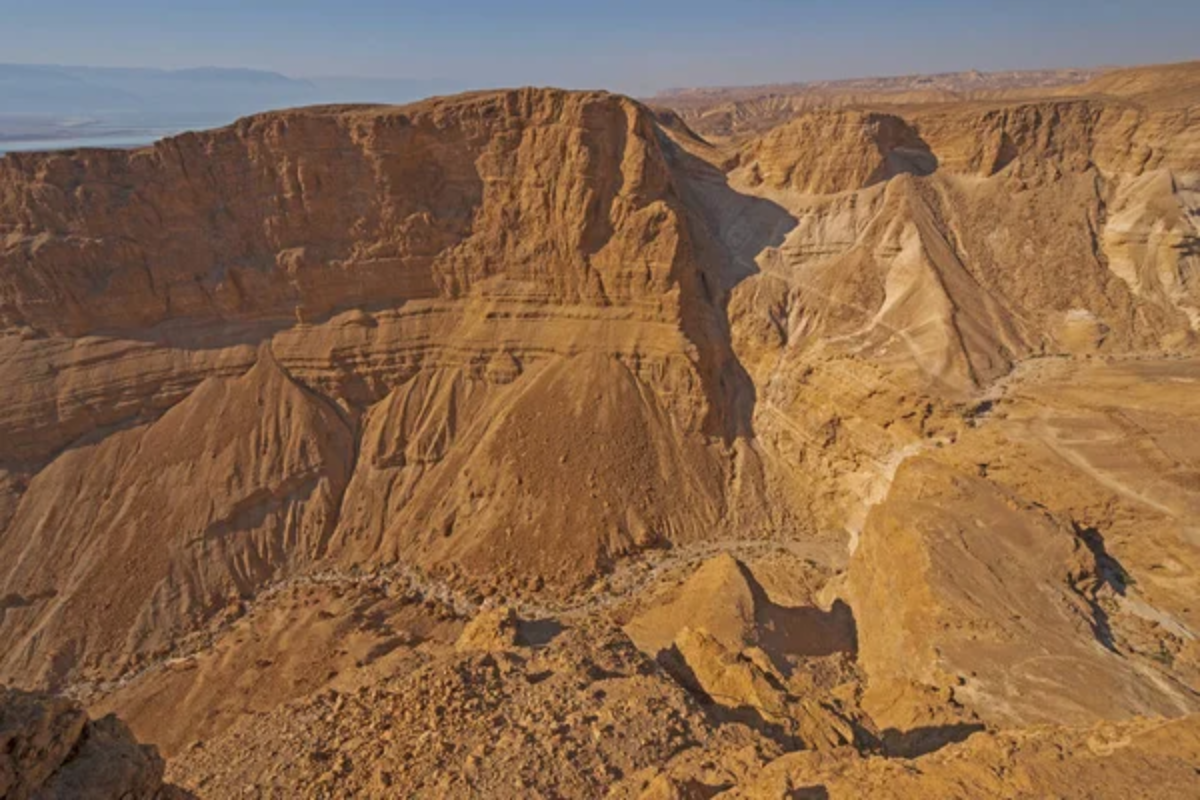
Perched dramatically atop an isolated mesa overlooking the Dead Sea, this UNESCO World Heritage site preserves both remarkable engineering achievements and powerful historical symbolism. King Herod constructed this desert fortress-palace between 37 and 31 BCE, incorporating sophisticated water collection systems, elaborate Roman baths, and defensive structures nearly impregnable from below.
The site gained profound significance in Jewish collective memory through the last stand of Jewish rebels against Roman forces in 73–74 CE, when defenders reportedly chose suicide over surrender after a lengthy siege. Today’s visitors can ascend via a strenuous hiking path or convenient cable car to explore extensive ruins, including remarkably preserved mosaics, a restored ancient synagogue, and the sophisticated northern palace complex built directly into the cliff face.
Sunrise visits prove particularly moving as the first light dramatically illuminates ancient stones against the vast desert landscapes.
Like Travel Pug’s content? Follow us on MSN.
Tel Aviv’s Bauhaus Architecture
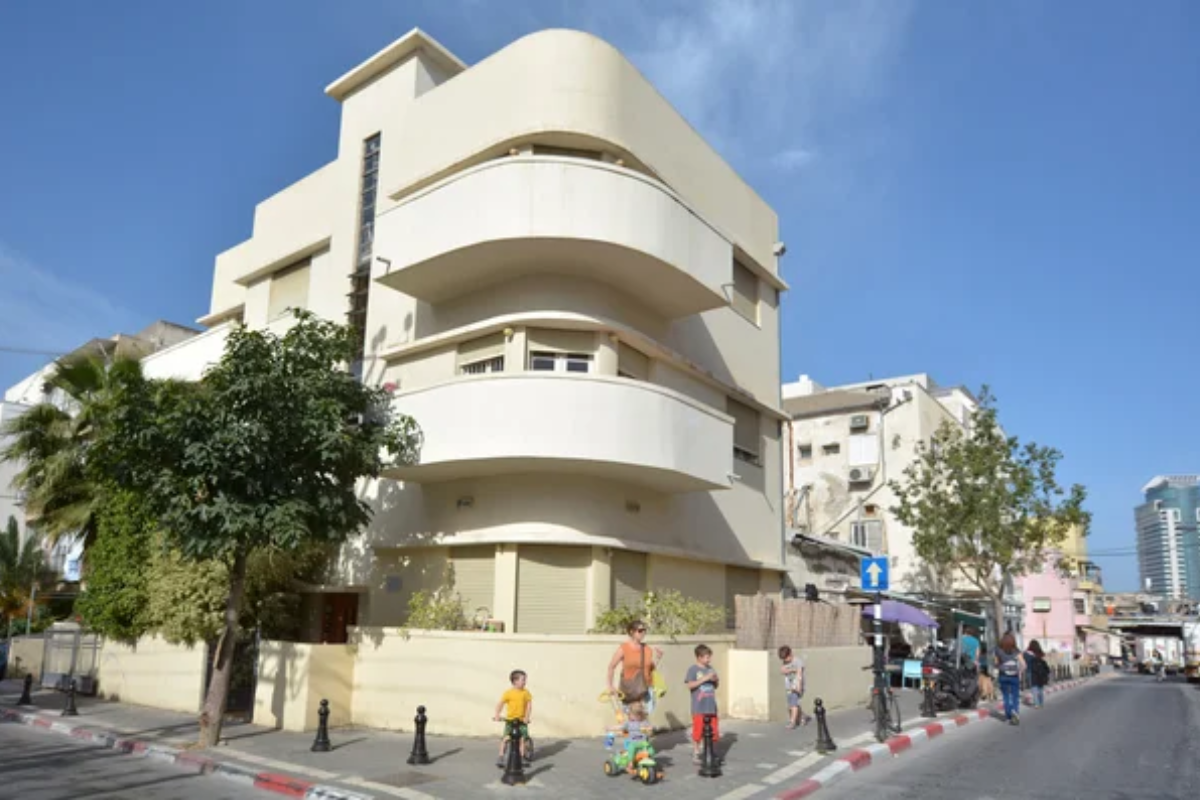
The “White City” district contains the world’s largest concentration of Bauhaus and International Style buildings, earning UNESCO recognition for this distinctive architectural heritage. Jewish architects fleeing 1930s Europe brought modernist design principles to this Mediterranean setting, adapting German functionality through curved balconies, flat roofs, and small windows modified for the Middle Eastern climate.
Over 4,000 buildings constructed between 1931–1956 created a cohesive architectural statement reflecting both European influence and Israel’s forward-looking perspective. Rothschild Boulevard provides excellent examples of these distinctive white structures; many were recently restored to their original condition following years of neglect.
Walking tours reveal how architectural elements reflected both practical concerns (cross-ventilation, sun protection) and ideological statements about creating a new society based on rationality and equality rather than historical references or ornamentation.
Baha’i Gardens in Haifa
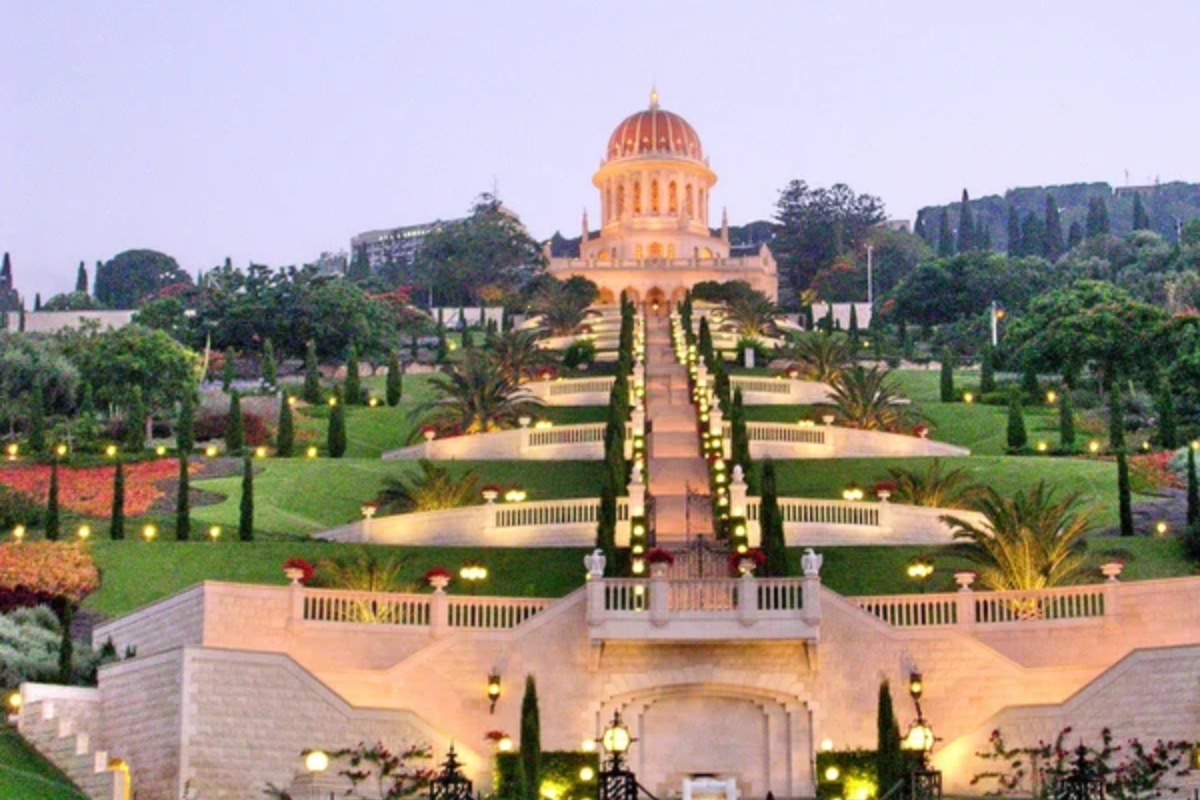
Cascading down Mount Carmel in precisely manicured terraces, these spectacular gardens surround the golden-domed shrine containing the remains of the Bab, a central figure in the Baha’i faith. Nineteen distinct terraces span nearly half a mile vertically. They incorporate geometric flower beds, fountains, and stone walkways in perfect symmetry.
The site functions both as a pilgrimage destination for adherents of this relatively young world religion and as an architectural marvel open to visitors from all backgrounds. Persian gardens provided historical inspiration, while modern engineering enables precise maintenance of this living artwork through sophisticated irrigation systems and dedicated gardening teams.
Beyond aesthetic beauty, the gardens represent Baha’i principles of unity, order, and progressive revelation – concepts reflected through the careful integration of Middle Eastern and Western landscaping traditions into a harmonious whole.
Dead Sea Scrolls at the Israel Museum
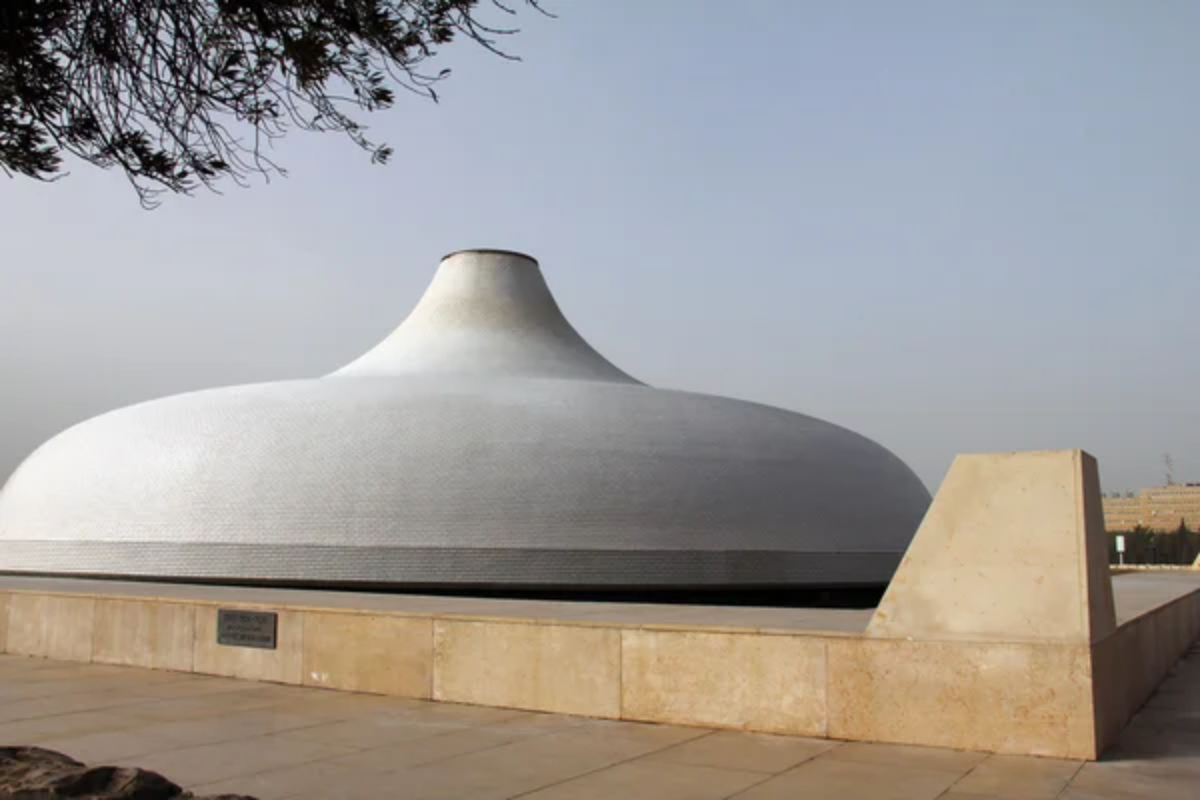
Housed within the distinctive white dome of Jerusalem’s Shrine of the Book, these ancient manuscripts represent one of archaeology’s most significant discoveries. The scrolls include the oldest known biblical manuscripts, sectarian texts from Jewish groups living during the Second Temple period, and insights into theological developments during Christianity’s formative era.
The collection provides an invaluable understanding of both Judaism’s evolution and early Christianity’s roots while demonstrating remarkable preservation enabled by the Dead Sea region’s unique environmental conditions. Beyond the scrolls themselves, the Israel Museum houses comprehensive collections spanning archaeology, fine arts, and Jewish ceremonial objects.
Particularly noteworthy is the outdoor Second Temple Period model reconstructing Jerusalem as it appeared before Roman destruction in 70 CE, providing crucial context for understanding the historical environment that produced these ancient texts.
Like Travel Pug’s content? Follow us on MSN.
Tzfat’s Mystical Quarter
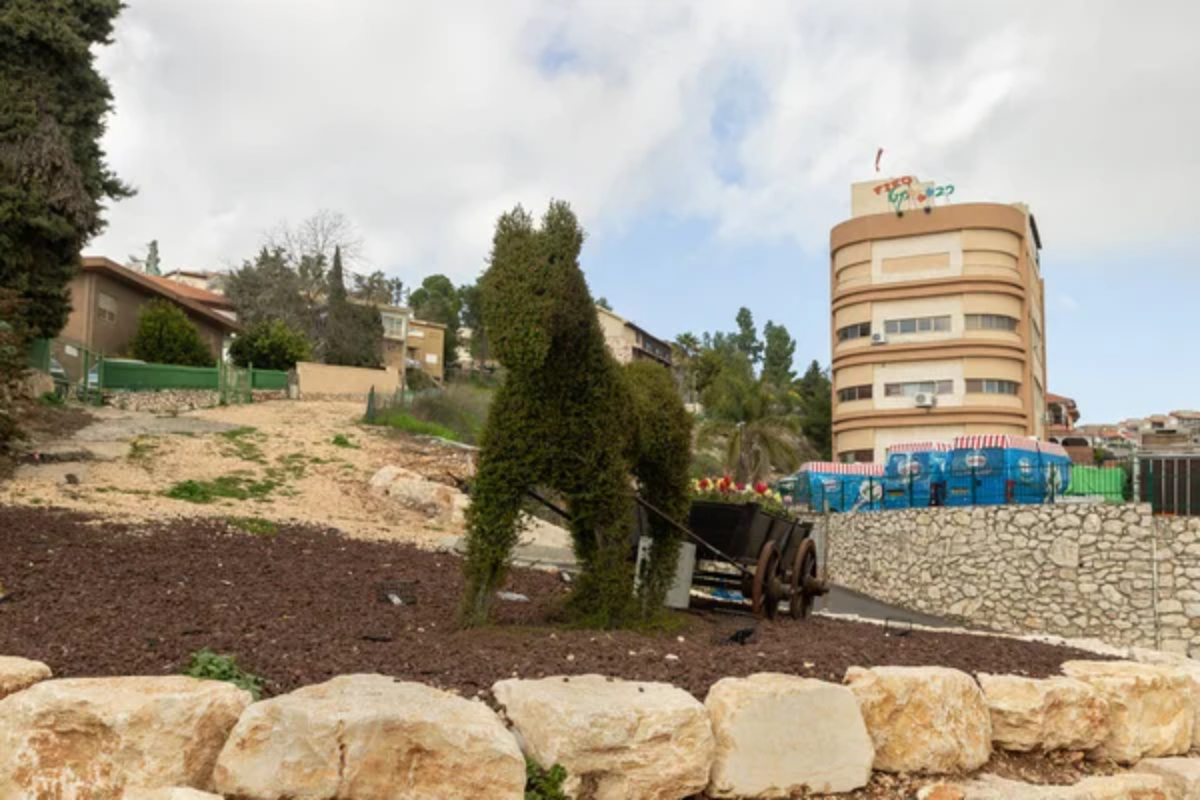
Perched among Galilee mountains, this azure-painted city represents the historical center of Jewish mysticism, where kabbalistic traditions flourished during the 16th century. Narrow cobblestone streets wind between ancient synagogues where influential mystics once taught esoteric interpretations of sacred texts that continue influencing religious thought today.
The Ari Synagogue commemorates Rabbi Isaac Luria, who developed transformative kabbalistic concepts, while nearby, the Joseph Caro Synagogue honors the author of the Shulchan Aruch legal code – demonstrating how mystical and legal Jewish traditions coexisted in harmony in this mountain community. Contemporary artists maintain Tzfat’s creative legacy through distinctive galleries, filling the artist quarter with work inspired by kabbalistic themes and spectacular mountain vistas.
The city’s atmosphere remains particularly evocative during Friday evenings when sabbath songs echo through stone passageways, and candlelight illuminates ancient doorways.
Caesarea National Park
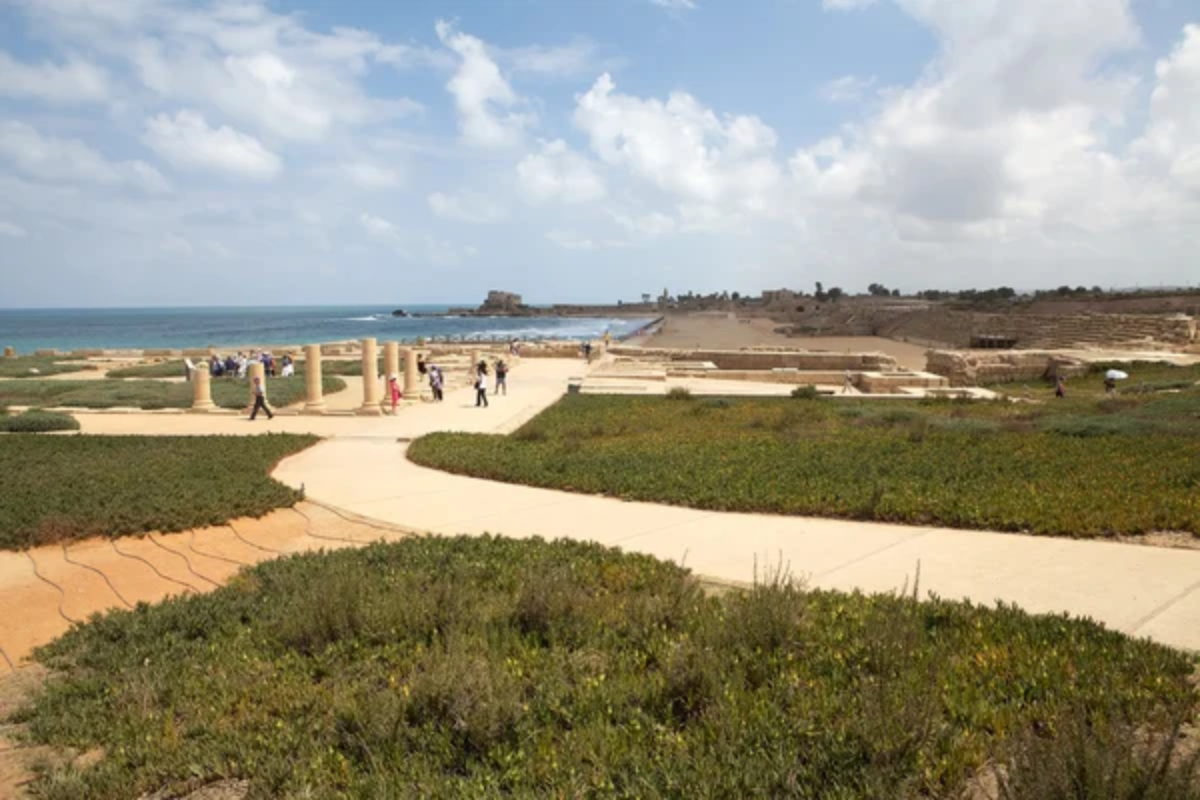
King Herod’s ambitious port city showcases Roman engineering brilliance through ruins dramatically situated along Mediterranean shores. The remarkably preserved amphitheater still hosts concerts beneath star-filled skies, while the nearby hippodrome once accommodated chariot races before thousands of spectators.
Archaeological excavations continue revealing discoveries, including underwater sections of the ancient harbor that utilized cutting-edge Roman concrete technology capable of hardening beneath seawater. The site witnessed crucial moments in both Jewish history through the Great Revolt and early Christianity when the apostle Paul was imprisoned here before his journey to Rome.
Today’s visitors explore extensive remains including Byzantine-era mosaics, Crusader fortifications, and Roman aqueducts stretching inland, representing multiple civilizations that controlled this strategic coastal location across centuries.
Acre’s Crusader City
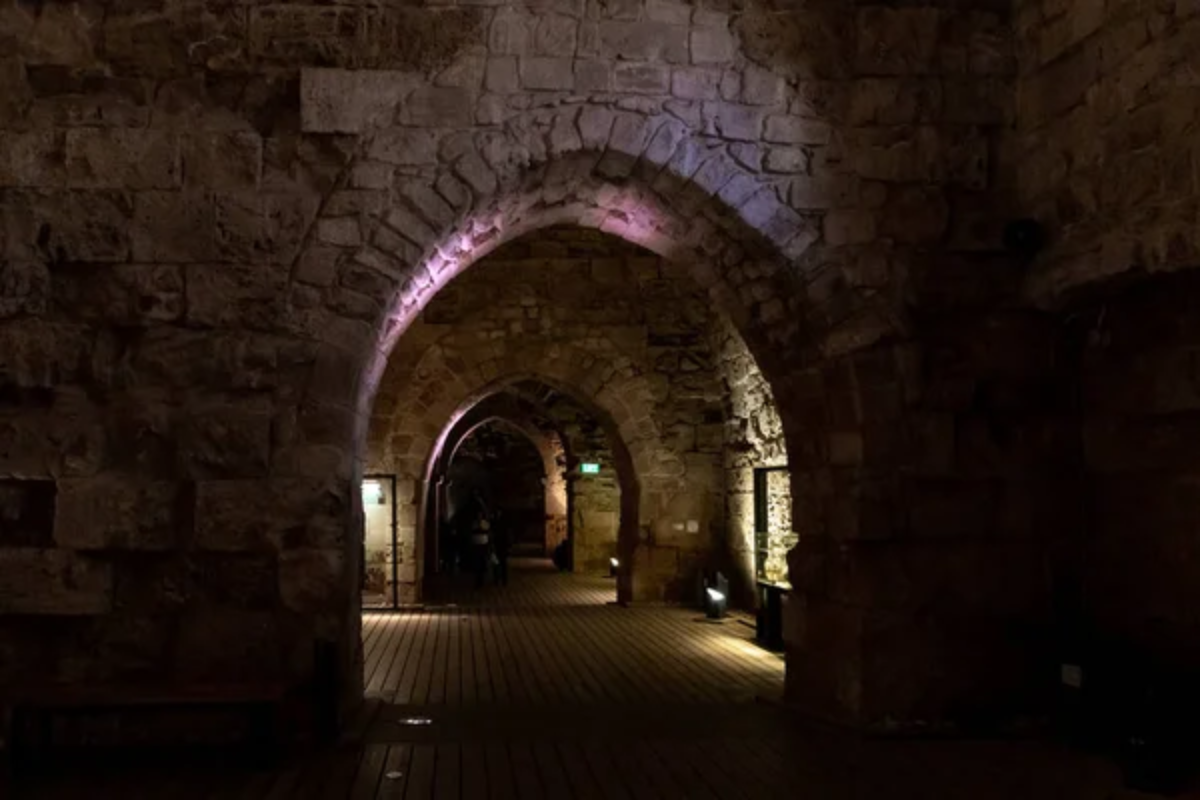
Beneath the Ottoman-era town lies an astonishingly preserved underground Crusader complex that once served as headquarters for the Knights Hospitaller. Massive stone halls, dining rooms capable of serving hundreds of knights, and secret tunnels create a medieval time capsule hidden for centuries until modern archaeological excavations.
The fortified port city represents remarkable continuity across multiple civilizations – Phoenician origins followed by Hellenistic development, then Byzantine, Crusader, Mamluk, and Ottoman rule, each adding distinctive architectural elements that together earned UNESCO World Heritage status. The city maintains its authentic character through a working fishing harbor, traditional souks filling the air with spice aromas, and distinctive local cuisine blending Arab and Mediterranean influences.
Underground halls now host historical reenactments, while surface-level attractions include the impressive Al-Jazzar Mosque, with its distinctive green dome visible across the harbor.
Like Travel Pug’s content? Follow us on MSN.
Yad Vashem Holocaust Memorial
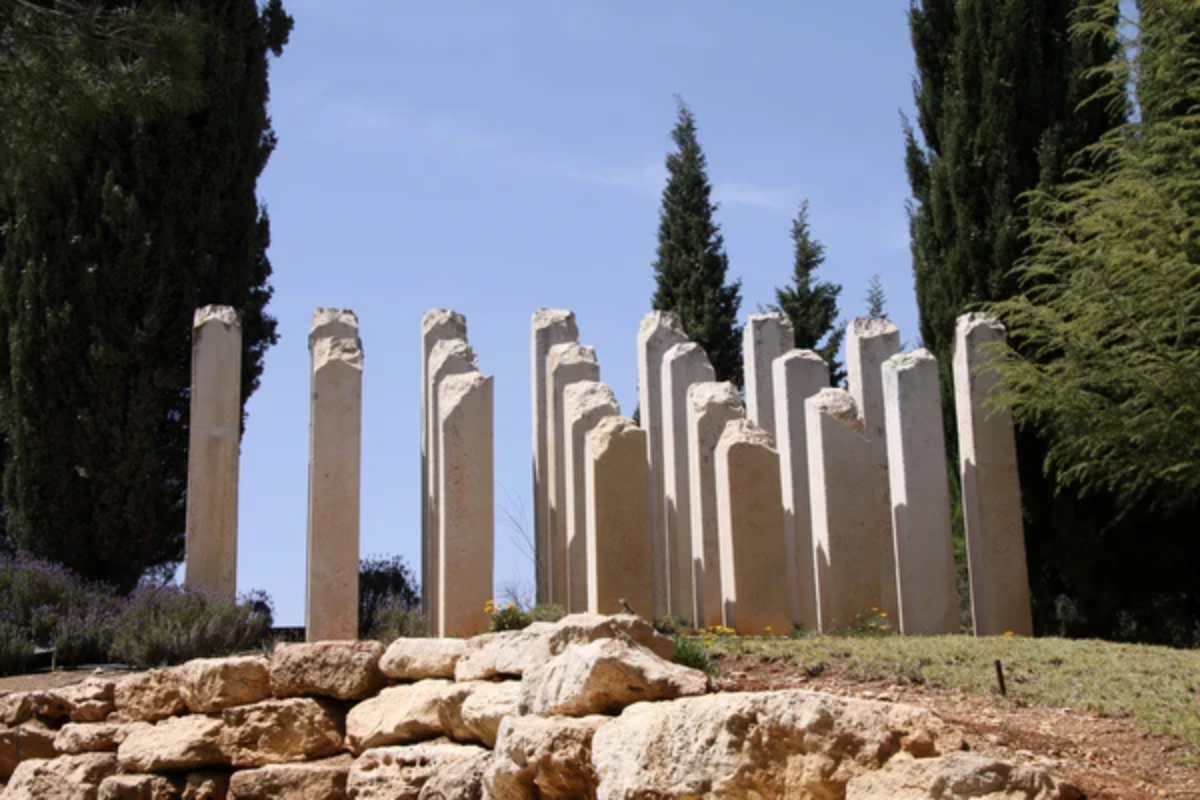
This somber institution serves a dual purpose as both a memorial to Holocaust victims and an educational center ensuring historical memory endures. The main museum building cuts through Mount Herzl like a triangular prism, creating an architectural experience that physically embodies the historical narrative from growing persecution to industrialized genocide to eventual liberation.
Beyond the chronological exhibition, specialized memorials include the haunting Children’s Memorial, where candle reflections represent 1.5 million murdered Jewish children, and the Hall of Names, attempting to document every victim through personal photographs and testimony. The Avenue of the Righteous Among Nations recognizes non-Jews who risked their lives saving Jews during this darkest period.
Rather than isolating Holocaust history, Yad Vashem contextualizes these events within broader Jewish history while emphasizing universal lessons about human rights, responsibility, and the dangers of unchecked hatred.
Ein Hod Artists’ Village

Founded in 1953 by Dadaist artist Marcel Janco, this former Arab village transformed into Israel’s only artists’ colony and continues fostering a creative community among Carmel Mountain olive groves. Historic stone buildings now house studios, galleries, and performance spaces where multiple generations of artists work across diverse media, from traditional painting to experimental digital arts.
The central Janco Dada Museum preserves the founder’s legacy while rotating exhibitions showcase contemporary Israeli artists responding to both local landscapes and complex national narratives. Unlike typical tourist attractions, Ein Hod offers authentic engagement with working artists through studios open to visitors and frequent workshops allowing hands-on participation in creative processes.
Evening performances in the amphitheater take advantage of Mediterranean sunset views while restaurants incorporate locally grown ingredients into menus reflecting the community’s bohemian character.
Makhtesh Ramon Nature Reserve
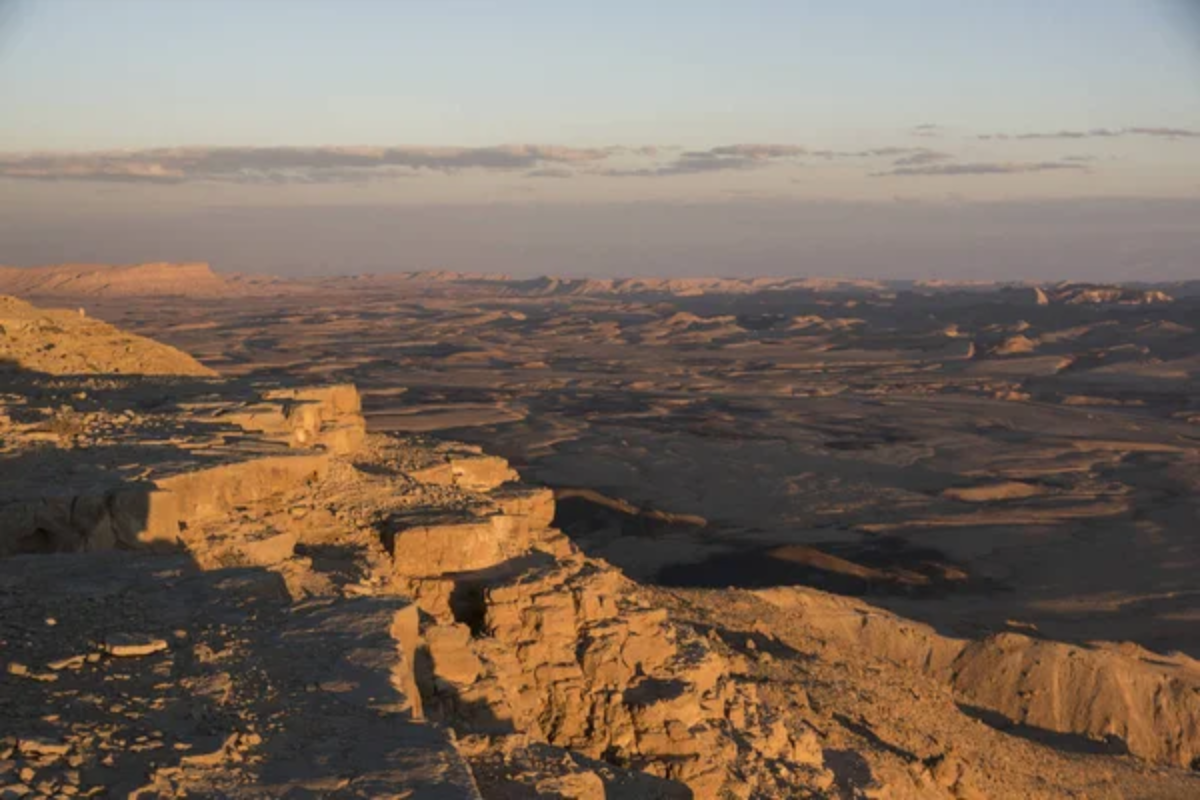
Often described as Israel’s Grand Canyon, this heart-shaped erosion crater in the Negev Desert represents neither meteor impact nor volcanic activity but rather a unique geological formation created through water erosion of softer inner materials after harder surface cap rock partially collapsed. Beyond spectacular landscapes with multicolored sandstone layers, the reserve protects desert wildlife, including Nubian ibex, striped hyenas, and Arabian leopards.
Ancient trade routes crossed this challenging terrain, evidenced by Byzantine remains and prehistoric rock art suggesting human adaptation to extreme environments across millennia. The recently developed visitor center honors Israel’s first astronaut, Ilan Ramon while providing scientific context for understanding the region’s distinctive geology.
Night visits offer extraordinary stargazing opportunities in some of the world’s least light-polluted skies, continuing ancient traditions of desert astronomical observation dating to Nabataean civilizations.
Like Travel Pug’s content? Follow us on MSN.
Neve Tzedek Neighborhood
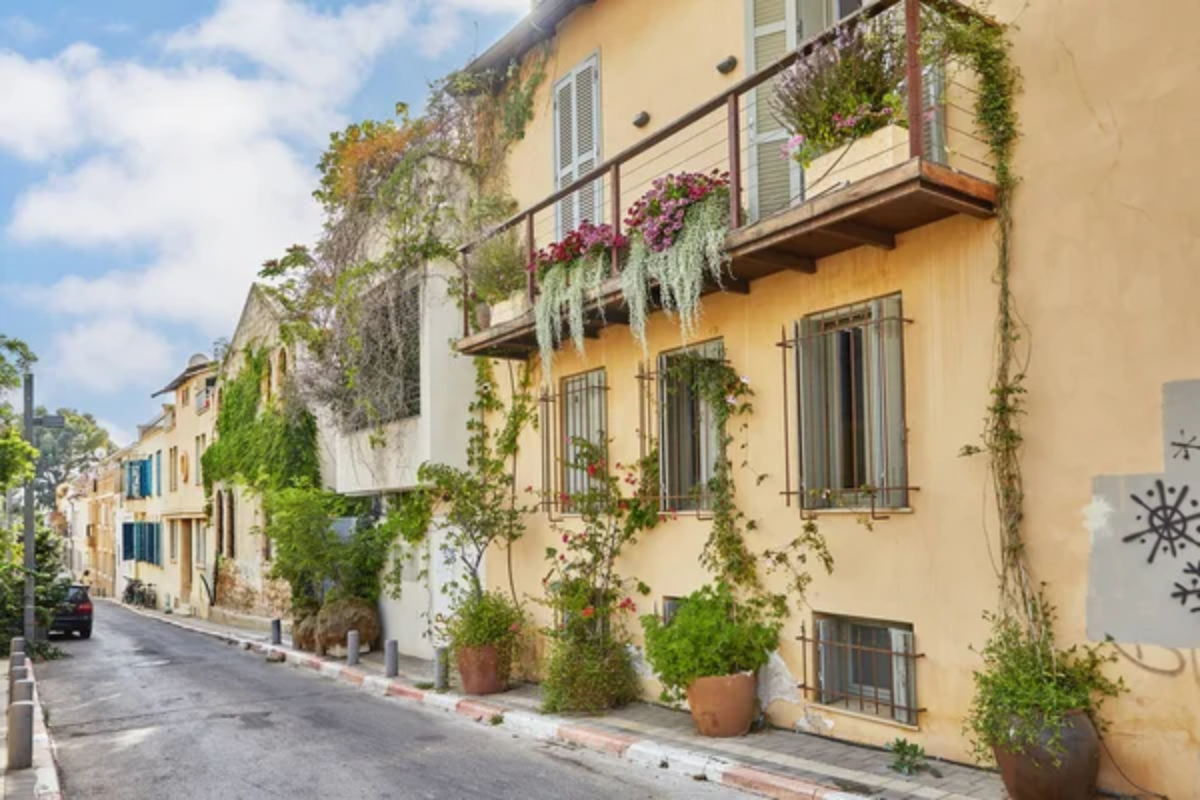
Tel Aviv’s oldest Jewish neighborhood represents an exceptional architectural preservation and urban renewal success story. Established in 1887 as the first Jewish settlement outside ancient Jaffa’s walls, these narrow streets contain lovingly restored buildings featuring distinctive elements like decorative ceramic tiles, wrought iron balconies, and architectural details blending European influences with Middle Eastern adaptations.
Once slated for demolition during mid-20th-century modernization campaigns, community activism saved these historical structures that now house boutique hotels, designer shops, and acclaimed restaurants. The neighborhood maintains authentic connections to Israeli cultural development through sites like the Suzanne Dellal Centre for Dance and Theatre and the former residence of Nobel Prize-winning author S.Y. Agnon.
Walking these streets provides a tangible connection to the earliest visions of modern Hebrew urban life before Tel Aviv’s establishment, with an intimate scale contrasting dramatically with the surrounding skyscraper districts.
Machane Yehuda Market in Jerusalem
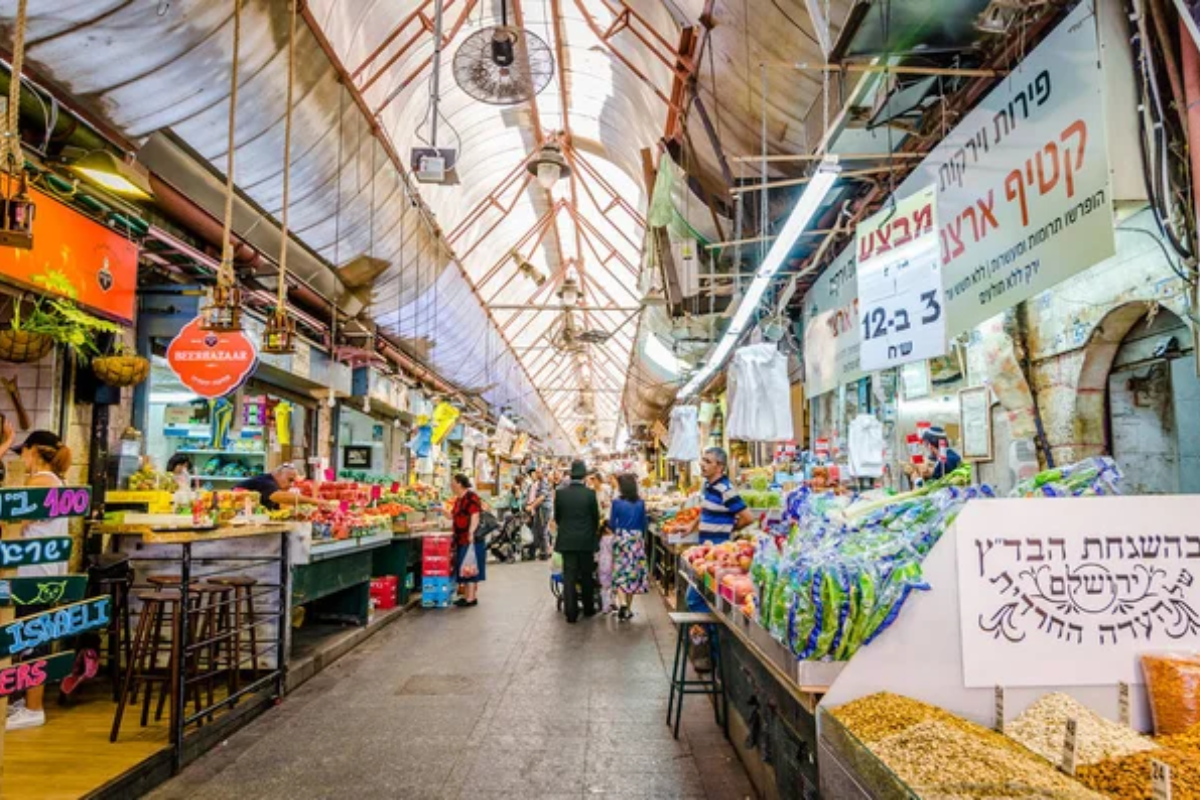
Beyond just food shopping, this vibrant market showcases Israeli society in a microcosm where religious Jews, secular hipsters, Arab vendors, and international visitors converge among stalls overflowing with products reflecting global Jewish migration patterns. Traditional Middle Eastern spice merchants operate alongside European-style bakeries selling challah bread, while Ethiopian ingredients share space with North African preserves – each representing distinct Jewish communities maintaining culinary traditions.
During daytime hours, practical shopping dominates as locals bargain for fresh produce amid specialized vendors selling everything from Judaica items to housewares. Evenings transform the space into an entertainment district, where produce stalls convert to bars and restaurants serving market-fresh ingredients beneath strings of lights illuminating street art decorating metal shutters.
The market embodies Israel’s paradoxical combination of ancient traditions and contemporary adaptations through continuous reinvention while maintaining authentic character.
Layers of Time
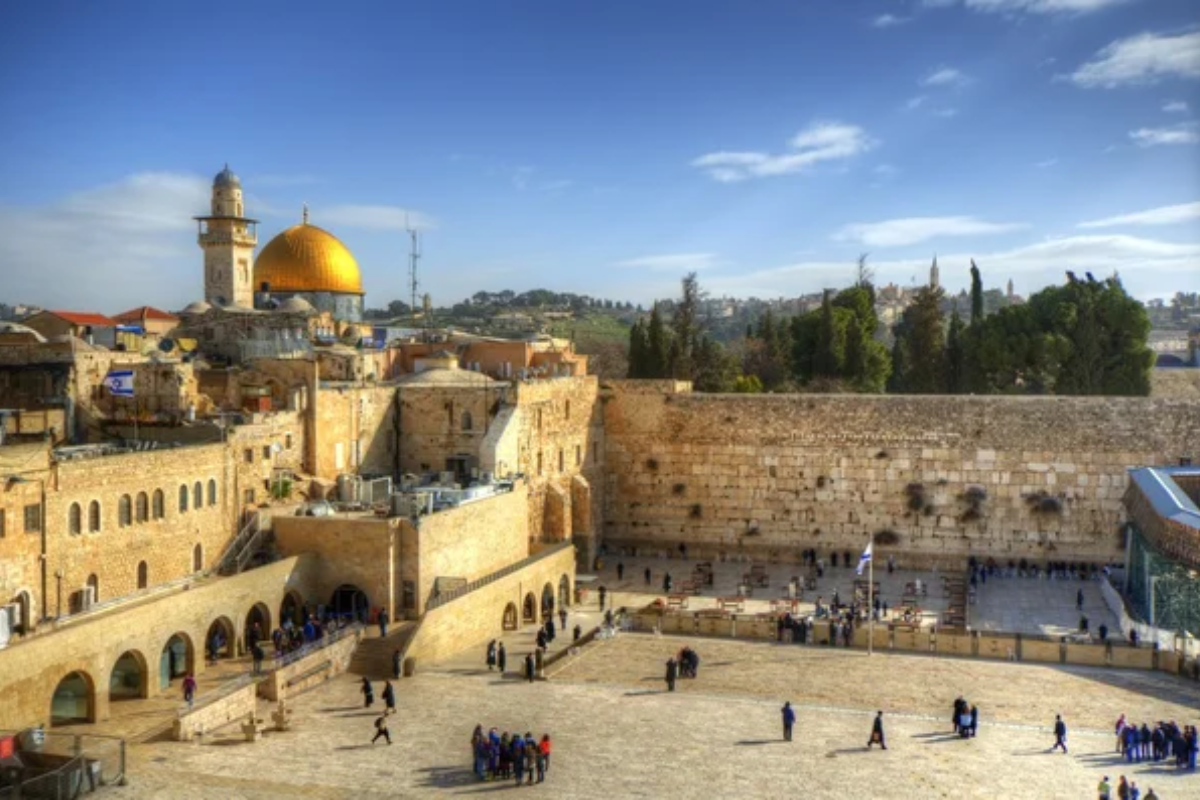
These thirteen sites merely introduce Israel’s extraordinary cultural depth across dramatically varied landscapes. What makes exploration here particularly meaningful extends beyond individual attractions to connections between them – how ancient biblical narratives find archaeological confirmation, how persecuted communities created art despite historical trauma, and how desert landscapes shaped religious thought across multiple traditions.
Visitors witness living traditions maintained for thousands of years, alongside innovations pushing the boundaries of science and art. Understanding emerges not through isolated sites but through relationships between them – modern Tel Aviv’s response to ancient Jerusalem, desert mysticism contrasting with coastal pragmatism, and archaeological layers revealing civilizations building directly upon predecessors both physically and metaphorically across this small but profoundly significant corner of the Mediterranean.
Like Travel Pug’s content? Follow us on MSN.
More from Travel Pug

- Cities Growing so Fast You Won’t Recognize Them in 10 Years
- 13 Destinations Where Tourists Regularly Regret Their Trip
- 16 U.S. Cities That Are Quietly Becoming Travel Hotspots
- Where to Travel If You Love Long Bus Rides and Daydreams
- 20 Cities Perfect for Solo Travelers Who Crave Adventure & Culture
Like Travel Pug’s content? Follow us on MSN.
